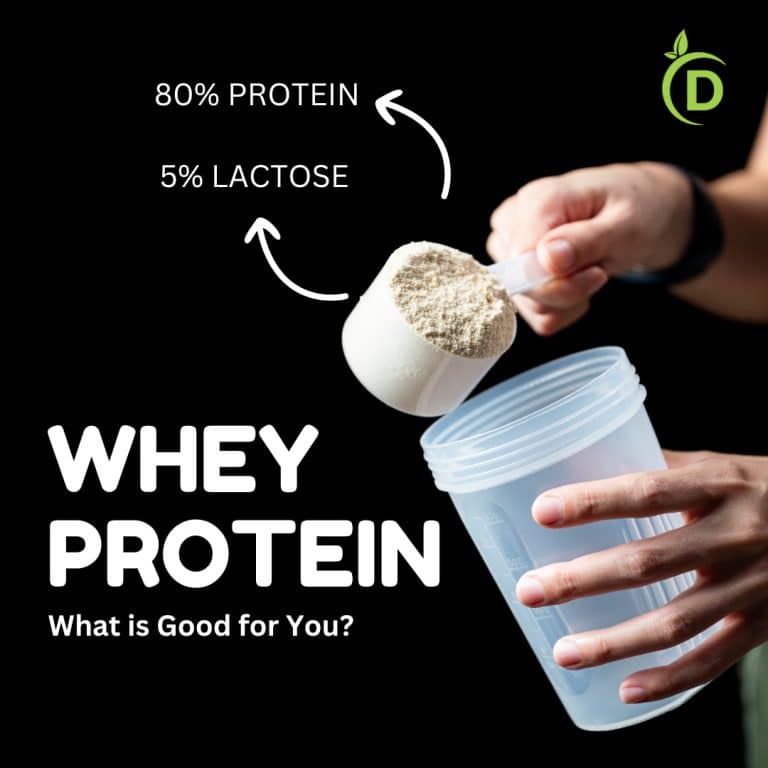64 Sneaky Names for Sugar and How to Tell Them Apart
Romellaine Arsenio
December 21, 2021
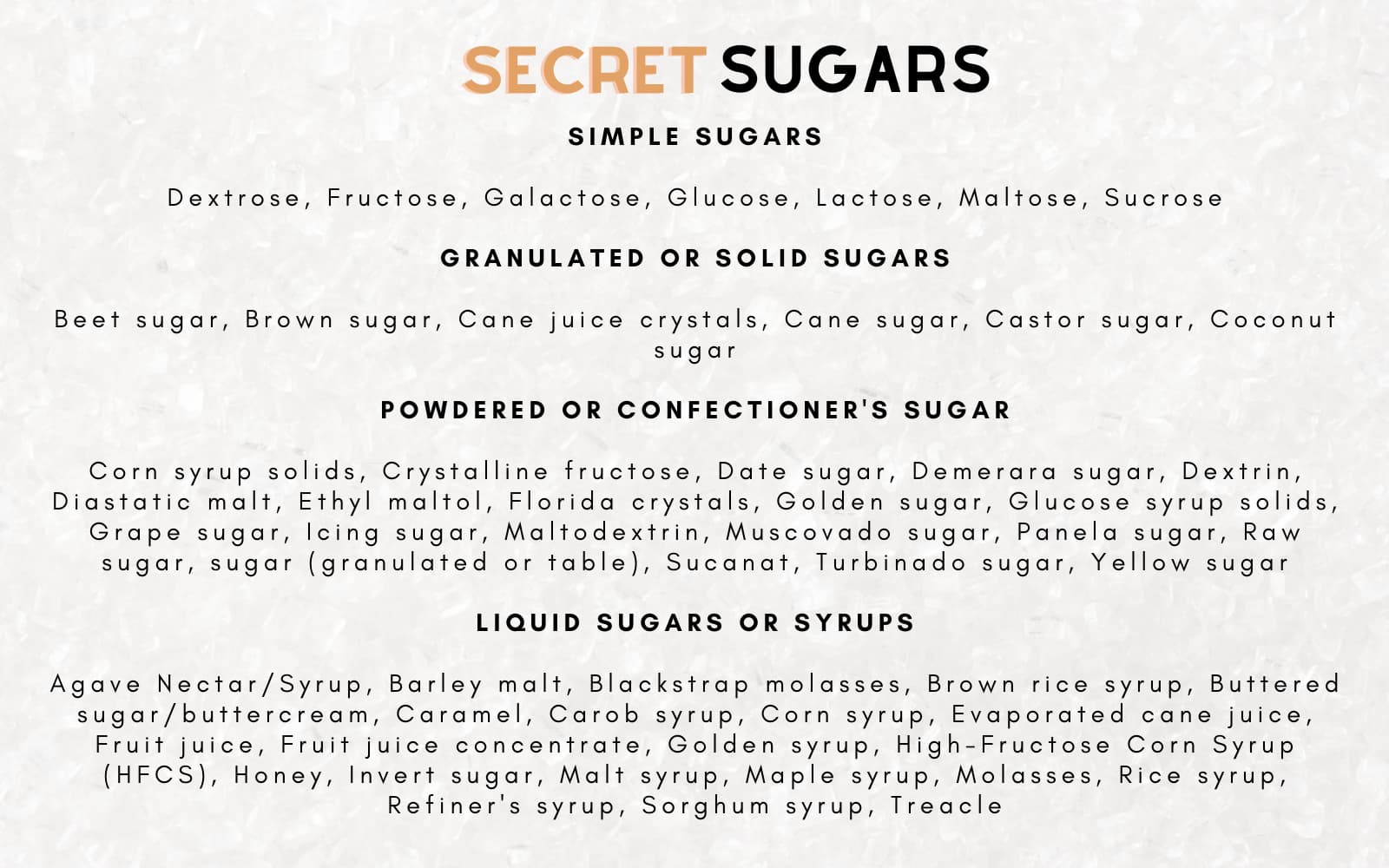
Everyone needs a little sweetness in their lives. But as they say, the most dangerous things are good in moderation. And it’s easy to overindulge with these 64 sneaky names for sugar.
Once upon a time, men used to have a healthy relationship with sugar. It’s naturally present in fruits, and humans, as hunter-gatherers, enjoy them occasionally while mainly feeding on meat and vegetables. They were strong men able to survive harsh weather, fight wild animals, and find food in the wild. Then we became farmers, secured of food. Grains were discovered, and we had carbohydrates in healthy quantities.
The Industrial Revolution
However, during the industrial revolution, men started taking food from nature, replicating it in labs, and creating food that tasted like fruits but wasn’t food at all. And they contained catastrophic amounts of sugar.
Cereals have low manufacturing costs and long shelf life, and giant companies got us believing through marketing that these are healthy foods we should be consuming every day. However, some cereals are so high in sugar, consuming them every day almost guarantees you diabetes in your 50s. Honey Stars has glucose syrup and honey as its third and fourth ingredients. Store-bought goods may use sugar as a preservative.

Diabetes
The poisoning of our food system always manifests in our bodies. And decades of marketing lies over GMO, sugar, pesticides, processed foods, fast food, and preservatives have caused generations of family members with diseases, especially diabetes.
High blood sugar levels result in diabetes, a disease that can permanently and irrevocably damage your brain, heart, bladder, and kidneys. It can progress to blindness and amputation and shut down the nervous and circulatory systems and the entire body.
While Type 1 diabetes is primarily hereditary, Type 2 diabetes results from genetic and lifestyle factors, including overweight, obesity, and an inactive lifestyle. It is prevalent in 95% percent of people with diabetes.
High blood pressure, tooth decay, and asthma are other consequences of high sugar.
The Sugars We Consume
The average person consumes about 22 teaspoons (117 grams) of sugar every day, which equates to around 10% of their total energy intake for that day. They are simple carbohydrates in fruit, vegetables, milk products, and sugar.
However, most people aren’t aware of their sugar consumption as it is not shown on nutrition labels and companies use different ways to spell sugar.
Low Sugar Food
The good news is, the younger generations seem to have learned from the mistakes of their parents and are becoming conscious of what they eat.
One of the most significant health trends in recent years has been to cut sugar out of your diet. Food manufacturers are starting to create more low-sugar alternatives that taste just as good as the sugary versions.
The health benefits of cutting out too much sugar are vast, including losing weight and having more energy. You experience better mental clarity and improved skin health. In the long-run, reducing your added sugar intake protects against heart disease and other chronic conditions.
The demand for low-sugar food is on the rise. People are becoming more aware of what they put into their bodies and are looking for ways to make healthier choices, especially when it comes to eating.

64 Sneaky Names for Sugar
People are making smarter food choices and manufacturers know that. While some have increased efforts to make healthy options affordable, others disguise sugar under other list of sugar substitutes on the label, a dangerous practice that can trick people into consuming more sugar.
So, it’s time for us to know what to look for.
Simple Sugars
- Cane Sugar vs Dextrose
- Fructose
- Galactose
- Glucose
- Lactose
- Maltose
- Sucrose
Simple Sugars are found in cakes, cookies, and other sweet treats — and they make them so irresistible! They are easy to digest and provide a quick burst of energy. They can be a good pick-me-up. Just be sure to enjoy it in moderation!
Glucose is found in powdered milk and instant coffee. So, watch out for sugar levels. If they are listed as a second ingredient, it can indicate high sugar.

Granulated or Solid Sugars
- Sugar Beets
- Brown Sugar
- Cane Juice Crystals
- Cane Sugar
- Castor Sugar
- Coconut Sugar
Granulated sugar is also called white sugar or refined sugars. What out for them on baked goods where they are used to soften bread.
Cane juice is often added to fruit juices, so consider when calculating total sugars.
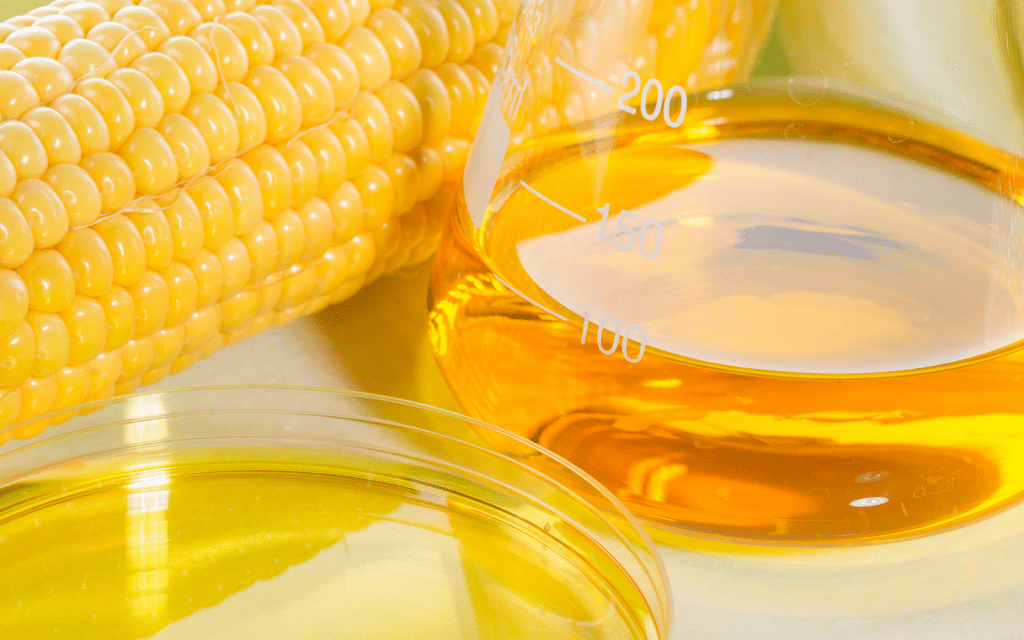
Powdered or Confectioners Sugar
- Corn syrup
- Crystalline fructose
- Date sugar
- Demerara sugar
- Dextrin
- Diastatic malt
- Ethyl maltol
- Florida crystals
- Golden sugar
- Glucose syrup
- Grape sugar
- Icing sugar
- Maltodextrin
- Muscovado sugar
- Panela sugar
- Raw sugar
- Sugar Wash
- Corn Starch
- Sucanat
- Turbinado sugar
- Yellow sugar
Confectioner’s sugar, also known as powdered sugar, is made from finely ground cane or beet crystals. It is used to make the icing, frosting, and other sweet treats. They add lightness and volume to baked goods.
Of the 64 nickname for sneaky link sugar, watch out for Corn Syrup, a carbohydrate-based sweetener used in ketchup, canned fruit, salad dressing, and other condiments — and often undetected as sugar.
Corn syrup contains high levels of fructose, is loaded with calories, and can cause weight gain. So, always check for corn syrup, which is surprisingly the second ingredient in some products. Imagine the sugar content.
Other names of sugar alternatives for corn sugar are High Fructose Corn Syrup and Maize Syrup.
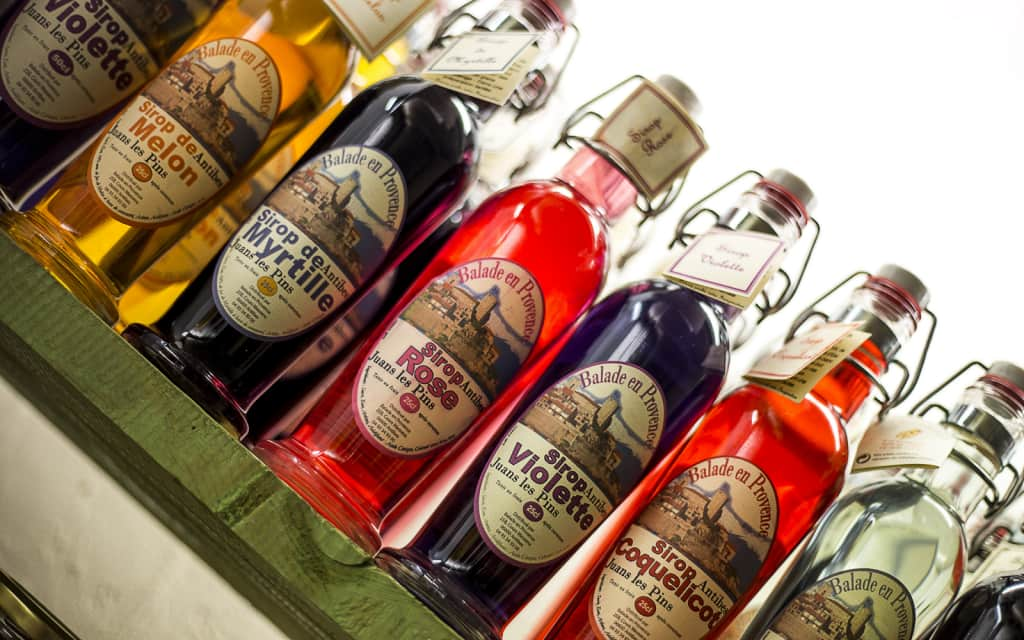
Syrups
- Agave Nectar
- Barley malt
- Blackstrap molasses
- Brown rice syrup
- Buttercream
- Caramel
- Carob syrup
- Corn syrup
- Evaporated cane juice
- Fruit juice
- Fruit juice concentrate
- Golden syrup
- High-Fructose Corn Syrup (HFCS)
- Honey
- Invert sugar
- Malt syrup
- Maple syrup
- Molasses
- Rice syrup
- Refiner’s syrup
- Sorghum syrup
- Treacle
Syrups are often well-loved sweet, sometimes healthy, but always sugary ingredients in handcrafted drinks.
Agave Nectar
Agave nectar is a succulent from Mexico, used by the Aztecs as food and medicine. It has gained modern popularity as a sugar alternative with low levels of fructose and glucose. So, it won’t spike your blood sugar or cause you to gain weight.
Agave nectar contains more fructose than sucrose. It metabolizes more slowly and doesn’t cause energy crashes. However, agave nectar is still full of calories, and may cause insulin resistance.
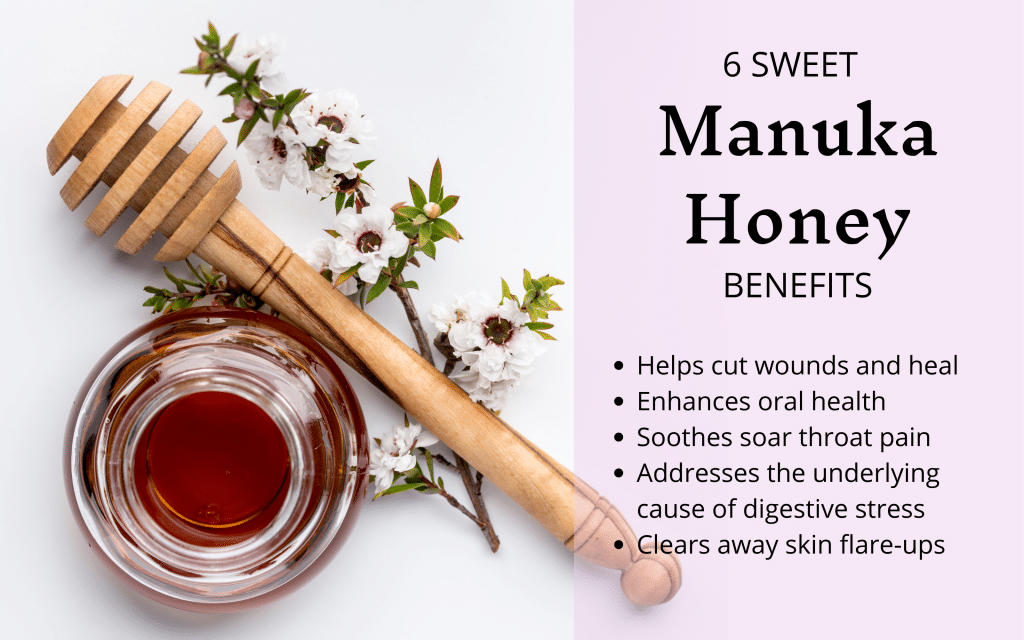
Honey
Honey is a pop culture favorite. It’s also the favorite of Winnie the Pooh. It is precious for its sweet taste and medicinal and cosmetic purposes. It is helpful in cooking and food preservation.
Honey also contains antioxidants, vitamins, and minerals that are good for your health. These nutrients may vary depending on the flowers from which the bees collected nectar.
There are over 100 different types of honey from all around the world. Some have medicinal properties, while others have culinary value. Manuka honey boasts a UMF rating to indicate its level of therapeutic activity, and it’s often thought to be the best type of honey out there!
Raw honey has the highest sugar content by weight – about 80% sucrose. The next sugary variety is light amber honey, containing approximately 60% sucrose. Dark amber and clear honeys have lower sugar content, containing only around 40% sucrose.
Maple Syrup
Maple syrup is made by boiling maple sap. It’s delicious and has a low glycemic index, so it doesn’t raise your blood sugar levels too much. Maple syrup also helps with weight loss because of its high phenols and antioxidants. It can reduce inflammation in the body and taste great on pancakes and waffles!
Treacle
Treacle is a dark-colored syrup by-product of refining sugar. It’s used in cooking and to make treacle tarts and pudding. Bittersweet black treacles added to homemade beers.
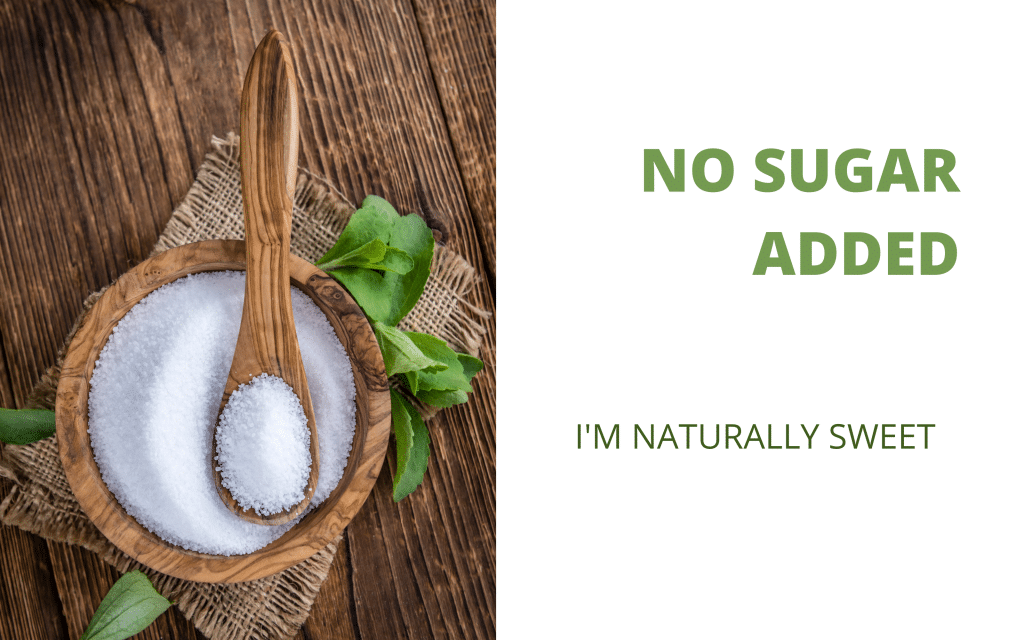
Stevia: Healthiest Sugar Substitute
There are 64 sneaky names for sugar. However, not all sweeteners are sugar.
Stevia is a plant whose sweet and crunchy leaves are a sugar substitute. Fresh stevia leaves are fun to chew or make tea from.
Used for centuries, Stevia has gained popularity in North America as a healthier alternative to regular table sugar.
Switching to Stevia offers a bundle of health benefits, including weight loss and improved blood glucose levels – within a month. Stevia also possesses antioxidants that reduce inflammation and improve cardiovascular health. It has no calories, and well-processed Stevia has little to no side effects.
Leave A Comment
Warning: Undefined variable $post in /home/drinkfit/development.drinkfit.com/wp-content/plugins/code-snippets/php/snippet-ops.php(582) : eval()'d code on line 4
Warning: Attempt to read property "ID" on null in /home/drinkfit/development.drinkfit.com/wp-content/plugins/code-snippets/php/snippet-ops.php(582) : eval()'d code on line 4
Warning: Undefined variable $post in /home/drinkfit/development.drinkfit.com/wp-content/plugins/code-snippets/php/snippet-ops.php(582) : eval()'d code on line 5
Warning: Attempt to read property "ID" on null in /home/drinkfit/development.drinkfit.com/wp-content/plugins/code-snippets/php/snippet-ops.php(582) : eval()'d code on line 5
Warning: Undefined variable $post in /home/drinkfit/development.drinkfit.com/wp-content/plugins/code-snippets/php/snippet-ops.php(582) : eval()'d code on line 28
Warning: Attempt to read property "ID" on null in /home/drinkfit/development.drinkfit.com/wp-content/plugins/code-snippets/php/snippet-ops.php(582) : eval()'d code on line 28

 0
0
